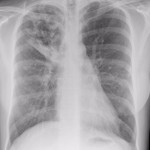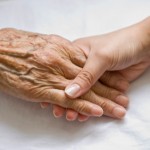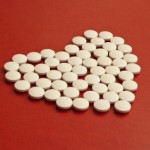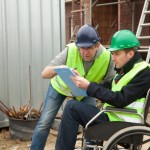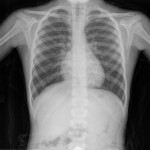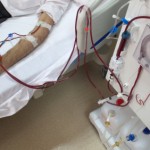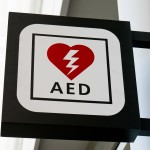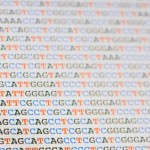I was reading an article in The Wall Street Journal this morning about "Untreatable tuberculosis in India" and decided to explore the background data before writing about what we're facing now.
I have a personal acquaintance with TB; when I returned to Air Force Active Duty status in 1977, I got a TB skin test. Much to my surprise it was positive.
My chest x-ray was normal; I had none of the symptoms of active TB: chronic cough with blood-tinged sputum, night sweats, fever and weight loss. So I didn't have active disease and could be treated with only one drug; the infectious disease specialist told me I would take a medicine called isoniazid (INH) for a year.
I found out that about a third of the entire world population has been infected with the human variant of TB, Mycobacterium tuberculosis. In the US, 5-10% of the population will have a positive skin test; in other parts of the world, especially in some Asian and African countries, up to 80% will test positive.
Around the world new TB infection are estimated to occur at the rate of one per second, nine million cases a year with 95% of those living in developing countries. The vast majority of those remain asymptomatic. Of those who have a normal immune system, roughly 5-10% will ever develop active disease. But if you have HIV you have at least a 30% chance of moving on to symptomatic disease & x-ray-positive TB; other studies place the risk even higher, at 10% per year.
Now that milk is pasteurized, most of us in the US don't have to worry about the bovine strain of TB. But that isn't true everywhere, so beware of drinking unpasteaurized milk when you travel abroad.
A detailed online history of TB from the New Jersey Medical School commented that 2-3 million people die of the infection every year; the vast majority of those lived in developing countries. The ancient Greeks called the disease phthisis. It's been with us for millennia; ~4,500-year-old spinal column bits and pieces from mummies in Egypt were the earliest evidence of human infection that I had been familiar with, but I found an article that doubled that estimate. Bones from an ancient site off the coast of Israel, estimated to be 9,000 years old, not only had the characteristic signs of TB, but also had DNA and bacterial cell wall lipids that could be analyzed by modern techniques.
Researchers from England commented that the tuberculosis we see today came from a human strain of the bacteria, not from a bovine origin. They also said that the DNA was subtly different from that of TB organisms today and felt this meant there has been a very long linkage between this infection and people. But the very earliest animal to have clearcut evidence of TB was a long-horned 17,000-year-old bison with skeletal remains showing the disease.
TB outbreaks still occur in the US. The June 20, 2012 edition of JAMA has a CDC report of cases which occurred in a homeless shelter in Illinois. The majority of the 28 patents involved (82%) had a history of excess alcohol use and many had longer stays in the men's section of the shelter and socialized in two bars in the area.
The risk factors seen in developing countries: lower socio-economic status and overcrowding, seem to me to have played a role in this US series of patients. Alcohol over-usage has been implicated as a risk factor for TB, perhaps from repeated prolong close contacts in bars and perhaps from effects on the immune system.
I'll get back to the current issues with TB in my next post.

